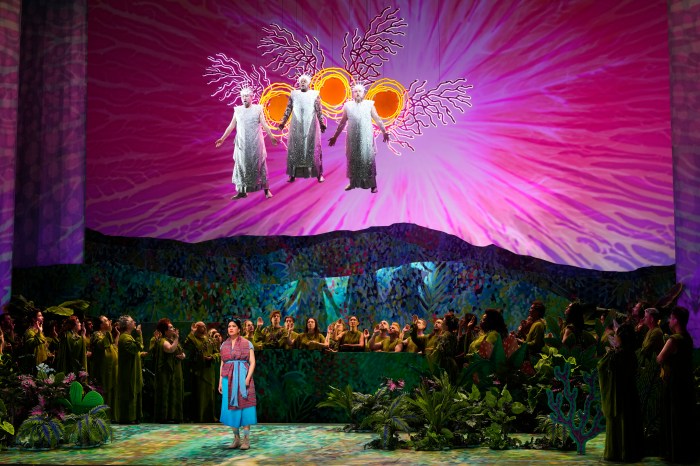"Marvel’s Spider-Man" gives gamers the opportunity to swing gracefully through the New York City skyline as the friendly neighborhood super hero.
Obviously, Spidey’s method of travel through the city is fantasy, and perhaps it’s the envy of many New Yorkers frustrated by relying on mass transit. But developer Insomniac Games and publisher Sony Interactive Entertainment make it clear in the PlayStation 4 exclusive game, which USA Today reported sold 3.3 million copies in the first three days following its Sept. 7 release to generate at least $198 million, that even Peter Parker has a MetroCard.
Insomniac incorporated the city’s signature subway system into the game’s fast travel loading screens. During brief cutscenes, Spidey can be seen making small talk with fellow straphangers or checking his cellphone, much like the average New Yorker might.
“We were like, ‘Well, how do we make [fast travel] feel not only New York but make it feel like Insomniac,’ ” the developer’s creative director Bryan Intihar told amNewYork. "It was two people … and one night, [they] created two or three prototypes of Spider-Man walking to the subway and then two or three different vignettes with him checking his cellphone, him sitting next to somebody reading the paper. … And it was just a quick prototype that those guys got really passionate about and sent out to the team. We instantly said, ‘Yes, and how many of these can you do?’ It was a team-driven thing.”
Touches like this are meant to more fully immerse players in the "Spider-Man" version of Manhattan. Nearly every major landmark on the island is where it should be — and can be photographed to complete in-game challenges. Cabs and pedestrians are everywhere and seem more crowded in the areas New Yorkers would expect.
However, art director Jacinda Chew says this "is the New York of your recollection and your memory," rather than a one-to-one recreation of the real thing.
"Like any recollection, it’s fuzzy," Chew told amNewYork. "It’s the distillation of the things that I remember the most every time I visit New York City."
Spider-Man, of course, exists in a slightly different New York than the real one, too. Empire State University and Avengers Tower can be spotted only in the comics and movies, but gamers can visit Peter’s alma mater or ascend to the top of the superpowered team’s headquarters. Even Doctor Strange’s Sanctum Sanctorum and the Wakandan embassy of Black Panther’s world make cameos in "Spider-Man."
"Obviously, we’re concentrating on Spider-Man because it’s a Spider-Man game," Intihar said, "but there is more out there than what they’re seeing. I think players really like that idea. I think it was really important to us not only to deliver New York, but what feels like a Marvel New York.”
Unlike a comic book or film, gamers interact directly with the visuals of a video game world. At times, even mundane aesthetics can create challenges for the development team.
When Spider-Man sprints up buildings in the game, he’s bound to encounter one of the city’s ever-present fire escapes. Chew explained that while her art department knew how important these elements are to the city, the design programming side pointed out that the wall-climbing hero could get tangled in them and wanted them removed. In the end, the team came up with a number of animations that would allow him to seamlessly bound up and through fire escapes the way players would expect the hero to do.
"When you play, you’ll see that Spider-Man does not get tangled up in the fire escapes," Chew said. "So that was one thing that I gladly fought for because I think it makes the game feel more like New York.”

















